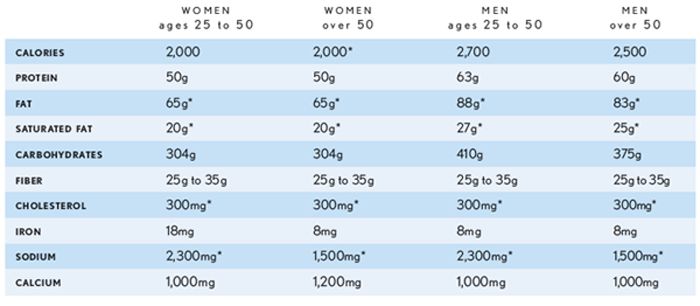
Nutritional Analysis
HOW TO USE IT AND WHY
Glance at the end of any Cooking Light recipe, and you’ll see how committed we are to helping you make the best of today’s light cooking. Our nutrition experts, food editors, and Test Kitchen staff use the latest research and data, along with a computer system that analyzes every ingredient, to give you authoritative dietary detail that you won’t find in any other epicurean magazine.
We go to great lengths to show you how our recipes fit into your healthful eating plan. If you’re trying to lose weight, the calorie and fat figures will probably help most. But if you’re keeping a close eye on the sodium, cholesterol, and saturated fat in your diet, we provide those numbers, too. And because many women don’t get enough iron or calcium, we can help you there. Finally, there’s a fiber analysis to help you make sure you get enough roughage.
WHAT IT MEANS AND HOW WE GET THERE
Besides the calories, protein, fat, fiber, iron, and sodium we list at the end of each recipe, there are a few things we abbreviate for space.

We get numbers for those categories based on a few assumptions:
• When we give a range for an ingredient (3 to 3½ cups flour, for instance), we calculate the lesser amount.
• Some alcohol calories evaporate during heating; we reflect that.
• Only the amount of marinade absorbed by the food is calculated.
YOUR DAILY NUTRITION GUIDE

Calorie requirements vary according to your gender, size, weight, and level of physical activity. This chart is a good general guide for healthy adults. Additional nutrients are needed during some stages of life. For example, children’s calorie and protein needs are based on their height and vary greatly as they grow. Teenagers require less protein but need more calcium and slightly more iron than adults. Pregnant or breast-feeding women need more protein, calories, and calcium. The need for iron increases during pregnancy but returns to normal after delivery.
*OR LESS, FOR OPTIMUM HEALTH
THE NUTRITIONAL VALUES USED IN OUR CALCULATIONS EITHER COME FROM A COMPUTER PROGRAM PRODUCED BY
COMPUTRITION INC., THE FOOD PROCESSOR, VERSION 7.5 (ESHA RESEARCH), OR ARE PROVIDED BY FOOD MANUFACTURERS.